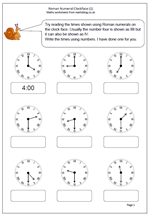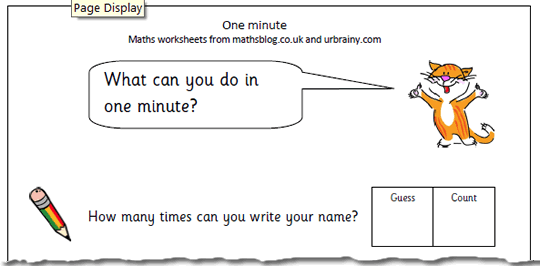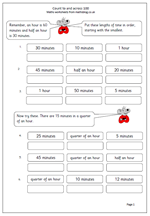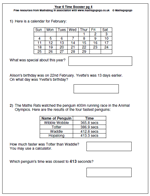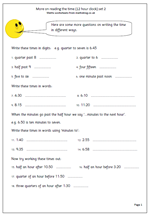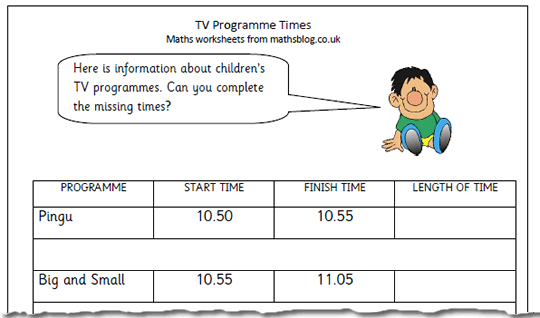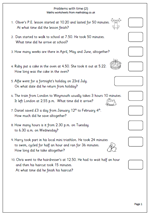 Our Roman numerals clock face worksheet has proved very popular so I thought I would post another similar page, but including quarter to and quarter past the hour times. I have also been asked why the clock face shows IIII for four o’clock rather than IV. In fact most Roman clockfaces do show the four Is and nobody is sure why.
Our Roman numerals clock face worksheet has proved very popular so I thought I would post another similar page, but including quarter to and quarter past the hour times. I have also been asked why the clock face shows IIII for four o’clock rather than IV. In fact most Roman clockfaces do show the four Is and nobody is sure why.
One reason is that when looking at the numerals opposite to each other – all of them are in perfect balance, except for the ‘heavy’ VIII and the ‘light’ IV; optical balance is re-established by printing an also ‘heavy’ IIII.
Another reason which has been given is to do with the old casting process of the numerals; ‘ Since some numerals were cast out of metal, or carved out of wood or bone, you need 20 I’s, 4 V’s, and 4 X’s, even numbers of each, if you use four I’s for “four”. The molds would produce a long centre rod, with 10 I’s, 2 V’s, and 2 X’s on each side.’
A third possibility is that clocks use IIII rather than IV out of respect for the Roman God Jupiter, the king of the Gods, whose name, in Latin, begins IV (the V being the U we now use, the I the J). Very old sun dials seem to use the IIII and early clocks followed suit; it has also been suggested that Wells Cathedral clock, one of the earliest cathedral clocks used the IIII and everyone copied this, and yet another reason is that Louis XIV preferred IIII over IV and ordered all clocks to be made in this way, and it has remained like this ever since.
Finally it has also been suggested that Romans were not great at subtraction so IIII was easier to work out than IV! I have no idea which, if any of these has the best claim to being true but interestingly Big Ben uses the IV convention.
